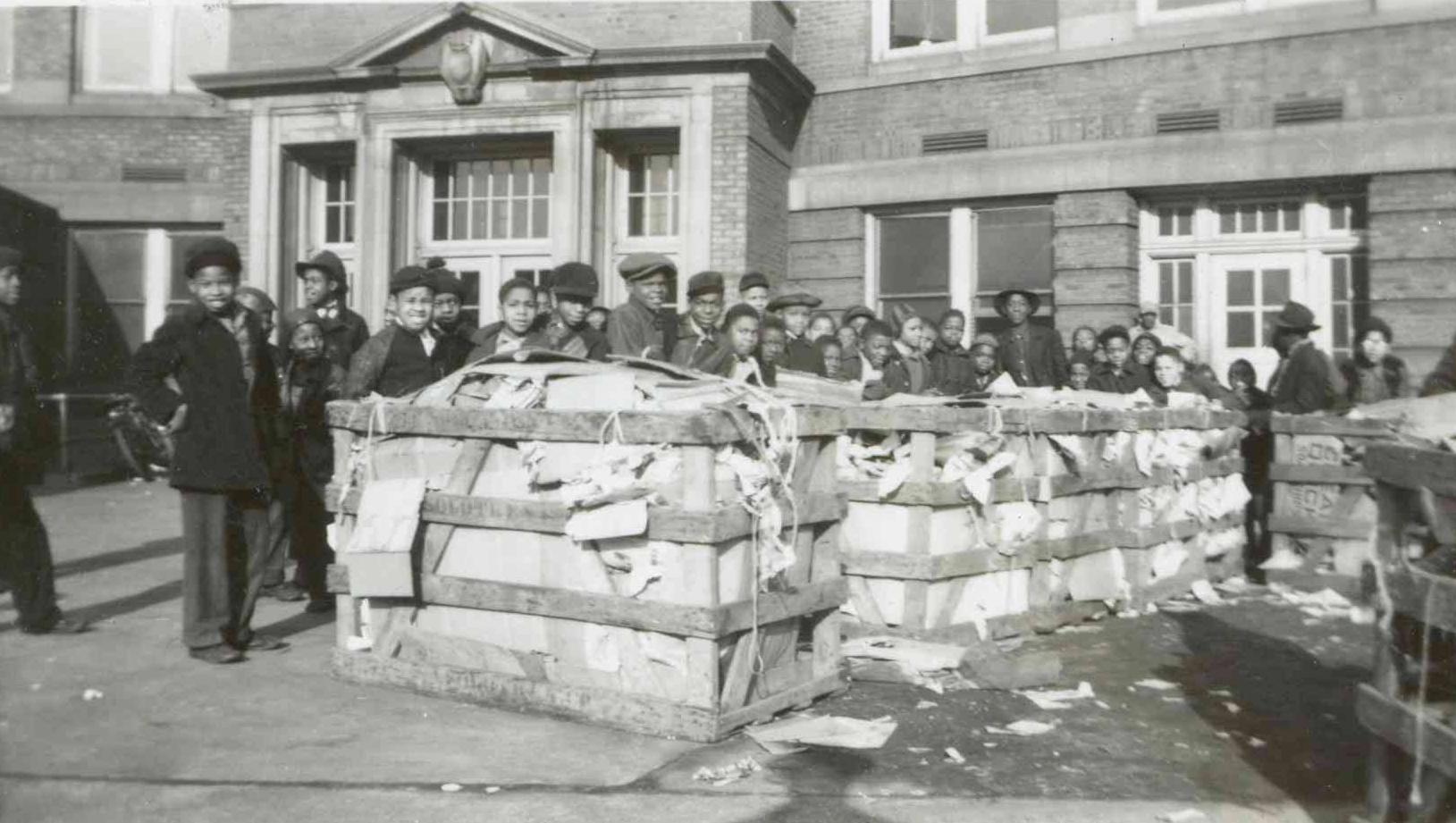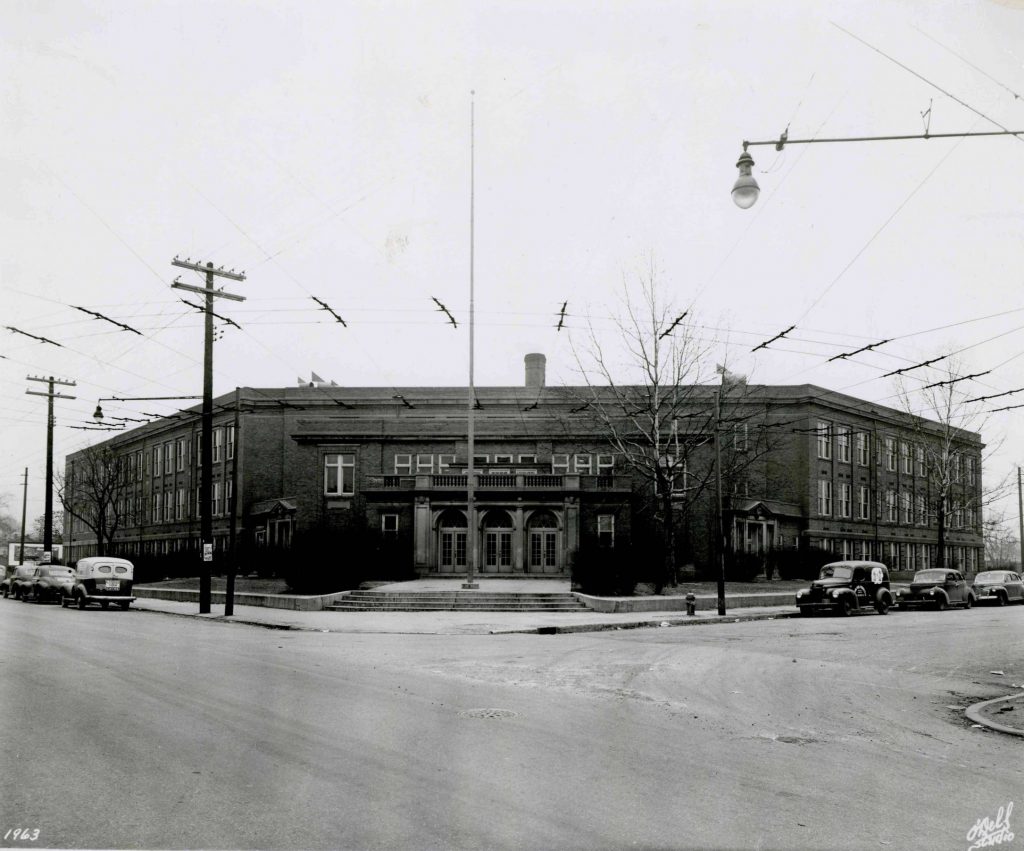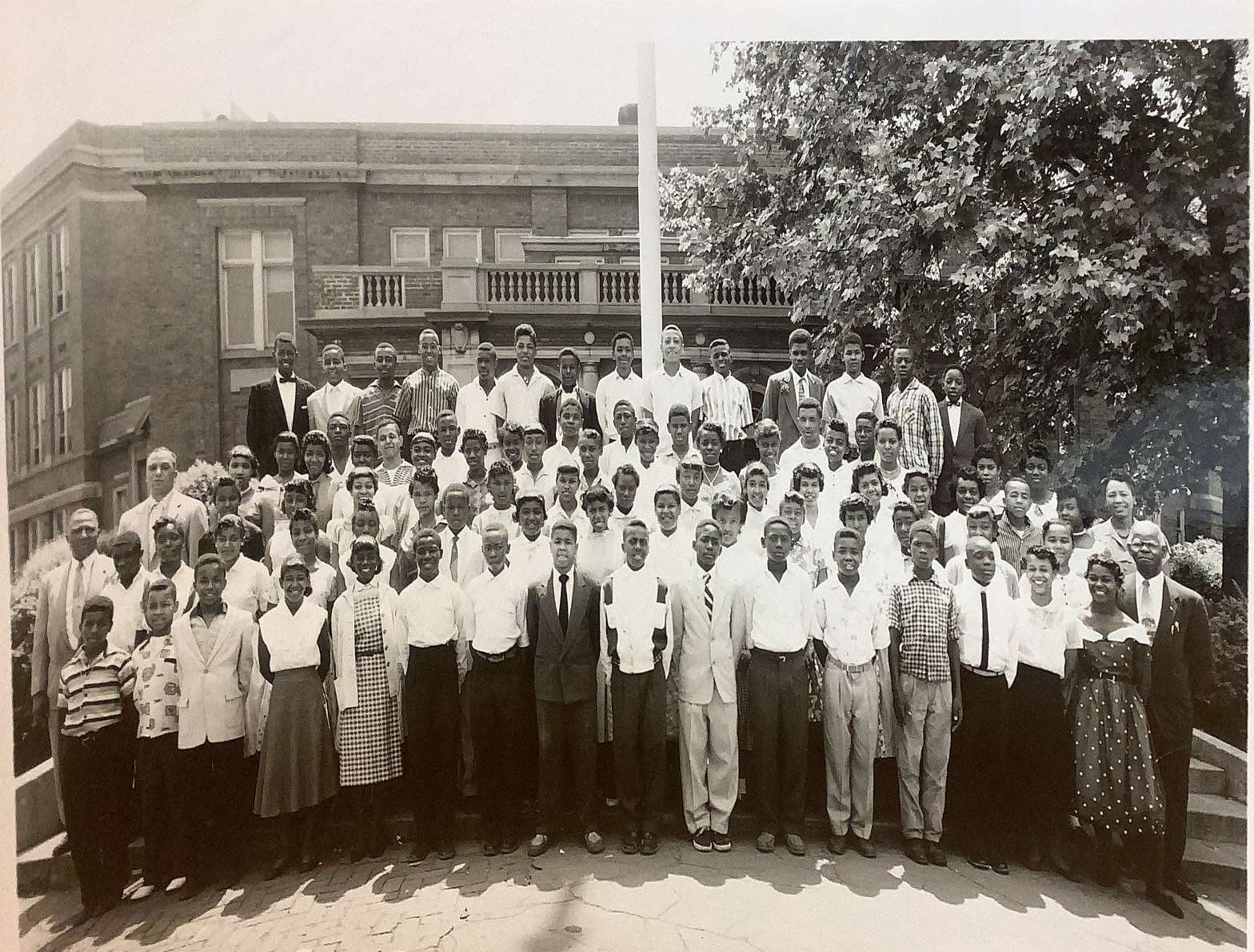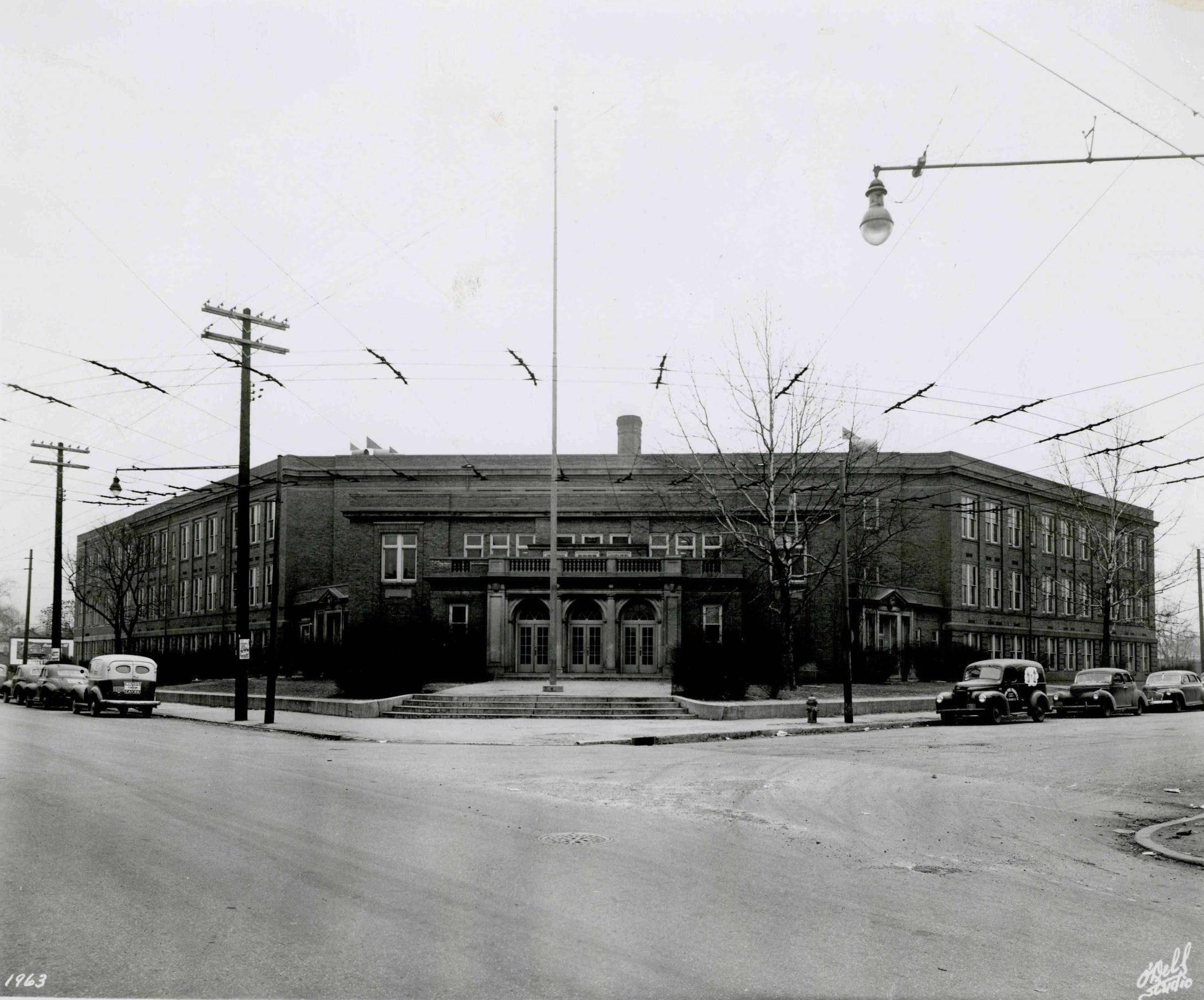The origins of John Hope School No. 26 predated its opening in 1901 as one of the earliest public schools founded for an African community in Indianapolis. In 1869, , superintendent of the (IPS), worked to change state law to allow Black student enrollment in the public education system. In May 1869, the Indiana General Assembly passed an act that provided for separate schools for Blacks. In September, IPS opened its first African American elementary schools, School No. 4, at the corner of West Michigan Street and North Blackford Avenue in the present-day neighborhood on the near westside, and School No. 18, then located on Yandes Street between 13th and 15th streets, on the eastside in the neighborhood. School No. 18 formed from a school that Indiana’s first Black doctor had established in connection with Allen Chapel African Methodist Episcopal Church, in the months before the new state legislation passed in 1869.
By 1900, almost 10 percent of the Indianapolis population was African American, which was higher than the percentage of Black residents in larger northern cities such as New York and Chicago. By then, School No. 18’s student population had outgrown its building. In 1901, IPS transferred students from School No. 18 to the larger School No. 26, which had opened on Martindale Avenue between 15th and 16th streets as a school for white children in 1881. At the same time, a new School No. 18 (Abraham Lincoln) opened on East Palmer Street in as a white elementary school

The curriculum of School No. 26 balanced book knowledge with skills training (gardening, sewing, carpentry, cooking). Men in the area organized an adult night school, and migrant children from the South were welcomed. One Indianapolis school commissioner called the school “a little Tuskegee,” referring to the famous Tuskegee Institute founded by African American leader Booker T. Washington to train teachers in Alabama. Educational reformer, John Dewey, who visited, devoted an entire chapter in his book, Schools of Tomorrow (1915), to the praise of the school’s community-inspired programs. In 1918, the school began to provide services to African American children with special needs.
Due to overcrowding, School No. 26 moved one block to its current location on Columbia Avenue and 16th Street in 1921. This building, newly erected, consisted of 25 classrooms, a home economics room, shop, auditorium, office, and nurse’s room.

In 1922, , an African American from Gibson County, Indiana, who had earned a master’s degree in education from the University of California, became the principal of School No. 26. Early in his tenure, the , the first Indianapolis public branch to be established in an African American community, opened inside the school. In 1927, Nolcox left to become the first principal of the new segregated . By this time, in addition to School No. 26, 14 other African American elementary schools, including School Nos. 4, 17, 19, 23, 24, 37, 40, 42, 56, 63, 64, 65, 79, and 83, existed in the IPS system. School No. 26, however, had the largest enrollment.
George L. Hayes followed Nolcox as principal of School No. 26. He oversaw two extensions to the school building, the first in 1938 and the second in 1949. The 1938 addition led to the inclusion of a 9th-grade class to account for overcrowding at Crispus Attucks and a $90,000 addition to care for African American students with disabilities. The James E. Roberts School for Children had opened in IPS in 1936 with state-of-the-art facilities, but only for whites. Black children with disabilities, therefore, traveled from all over the city to attend School No. 26.
With completion of the 1938 expansion, School No. 26 was renamed John Hope School, for Hayes’ friend and champion for African American education. The school’s total enrollment climbed to 1,480, making it the largest elementary school in Indiana. In 1949, a second wing was built, this time adding room for an early education center and larger location for the Paul Laurence Dunbar library branch. That year also marked the passage of a law by the Indiana legislature that prohibited segregation in schools (See ).

Desegregation at John Hope was slow, still at 90 percent African American students in 1973. The community changed dramatically because of interstate highway construction and federally mandated busing policies, which began in 1981. While most of the longtime African American residents moved away, School No. 26 maintained a defining role as a community anchor until it closed as an elementary school in 1997.
The John Hope School No. 26 building became home to an adult education center until 2015, when IPS leased the building to , a private, classical, Christian school in Indianapolis. The Oaks Academy grew to inhabit the full building and eventually purchased it from IPS in 2019. In 2021, The Oaks Academy began the process of updating the southern wing of the building to house a Pre-Kindergarten Education Center, which launched in 2022. In the same year, the , in partnership with The Oaks Academy and School No. 26 alumni, dedicated a historical marker memorializing the history of the school and library.

Help improve this entry
Contribute information, offer corrections, suggest images.
You can also recommend new entries related to this topic.
